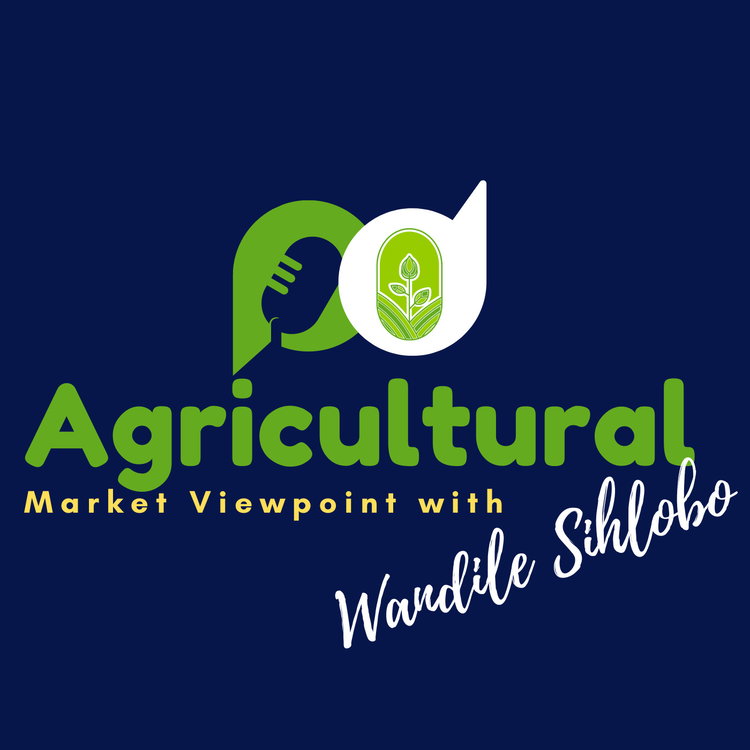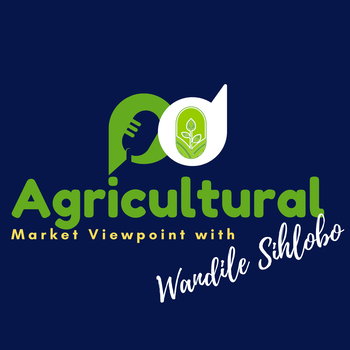
South Africa ends an excellent maize export season
Loading player...
April marked the end of South Africa's 2023/24 marketing year for maize. This marketing year corresponds with the 2022/23 production season, as the crop harvested mid-year in 2023 was marketed from then through to the end of April 2024. According to data from the Crop Estimates Committee (CEC), the 2022/23 production season was characterized by an excellent harvest of 16,4 million tonnes. This was because of large plantings and the favourable summer rainfall that boosted the yields.
The ample harvest allowed South Africa to maintain its position in export markets. South Africa is the world's ninth largest maize exporter, trailing the US, Brazil, Argentina, Ukraine, Romania, France, Paraguay and Poland. Data from the South African Grains Information Services shows that in the 2023/24 marketing year, the exports amounted to 3,4 million tonnes, down by 6% from the previous year. About 63% of the exported maize was yellow, with 37% being white maize.
In the past, South Korea, Japan and Taiwan were the leading markets for South Africa's maize exporters. But in the 2023/24 marketing year, Zimbabwe took the lion's share of the exports, accounting for 18% of the 3,4 million tonnes of exports. The surge in exports to Zimbabwe comes after a few years of modest exports to the country because of decent domestic harvest and the restrictions on genetically modified maize, which the government often used as a barrier to imports in certain seasons.
However, the regulations have changed, and Zimbabwe now imports genetically modified maize. Other large maize export markets in the African continent are Botswana and Mozambique, which accounted for 9% and 6% of South Africa's total maize exports, respectively. South Korea, Japan and Taiwan remained significant export markets for South African maize, accounting for 14%, 13% and 13% shares in the total exports, respectively. Another important maize export market for South Africa in the Asian region is Vietnam. Still, its exports were slightly lower than other countries, accounting for a 5% share in the overall export markets.
While the export season was a success, the coastal regions of South Africa started worrying about the maize supplies at the end of the 2023/24 marketing year, specifically pricing when considering the transport costs from central regions of the country that are the main maize producers. Disappointingly, the excellent 2022/23 maize production season is followed by a less promising season. In the 2023/24 production season (which corresponds with the 2024/25 marketing year), South Africa's maize harvest is forecast to fall by 19% year-on-year to 13,3 million tonnes. This is according to data from the CEC.
This decline in harvest is primarily due to unfavourable weather conditions in February and March, where dryness and heatwave caused widespread crop damage in various regions of South Africa.
Subsequently, the coastal areas in South Africa worry about tight supplies in the new marketing year. This led to 32 691 tonnes of yellow maize imports from Argentina in the last week of the 2023/24 marketing year. We suspect there will be additional imports in the 2024/25 marketing year, primarily for the country's coastal regions. These imports will help increase supplies for the animal feed industry.
Notably, while South Africa expects a significantly lower harvest this year, the country could remain a net exporter of maize.
With an annual maize consumption of approximately 12,0 million tonnes and a harvest of 13,3 million tonnes, South Africa will have over a million tonnes of maize for exports. We also believe there are decent carryover stocks from the past season, which will help increase the maize supplies for the new marketing year of 2024/25.
Listen to the podcast for a detailed reflection.
My writing on agricultural economic matters is available on my blog: https://wandilesihlobo.com/
Podcast production by Lwandiso Gwarubana, Richard Humphries
The ample harvest allowed South Africa to maintain its position in export markets. South Africa is the world's ninth largest maize exporter, trailing the US, Brazil, Argentina, Ukraine, Romania, France, Paraguay and Poland. Data from the South African Grains Information Services shows that in the 2023/24 marketing year, the exports amounted to 3,4 million tonnes, down by 6% from the previous year. About 63% of the exported maize was yellow, with 37% being white maize.
In the past, South Korea, Japan and Taiwan were the leading markets for South Africa's maize exporters. But in the 2023/24 marketing year, Zimbabwe took the lion's share of the exports, accounting for 18% of the 3,4 million tonnes of exports. The surge in exports to Zimbabwe comes after a few years of modest exports to the country because of decent domestic harvest and the restrictions on genetically modified maize, which the government often used as a barrier to imports in certain seasons.
However, the regulations have changed, and Zimbabwe now imports genetically modified maize. Other large maize export markets in the African continent are Botswana and Mozambique, which accounted for 9% and 6% of South Africa's total maize exports, respectively. South Korea, Japan and Taiwan remained significant export markets for South African maize, accounting for 14%, 13% and 13% shares in the total exports, respectively. Another important maize export market for South Africa in the Asian region is Vietnam. Still, its exports were slightly lower than other countries, accounting for a 5% share in the overall export markets.
While the export season was a success, the coastal regions of South Africa started worrying about the maize supplies at the end of the 2023/24 marketing year, specifically pricing when considering the transport costs from central regions of the country that are the main maize producers. Disappointingly, the excellent 2022/23 maize production season is followed by a less promising season. In the 2023/24 production season (which corresponds with the 2024/25 marketing year), South Africa's maize harvest is forecast to fall by 19% year-on-year to 13,3 million tonnes. This is according to data from the CEC.
This decline in harvest is primarily due to unfavourable weather conditions in February and March, where dryness and heatwave caused widespread crop damage in various regions of South Africa.
Subsequently, the coastal areas in South Africa worry about tight supplies in the new marketing year. This led to 32 691 tonnes of yellow maize imports from Argentina in the last week of the 2023/24 marketing year. We suspect there will be additional imports in the 2024/25 marketing year, primarily for the country's coastal regions. These imports will help increase supplies for the animal feed industry.
Notably, while South Africa expects a significantly lower harvest this year, the country could remain a net exporter of maize.
With an annual maize consumption of approximately 12,0 million tonnes and a harvest of 13,3 million tonnes, South Africa will have over a million tonnes of maize for exports. We also believe there are decent carryover stocks from the past season, which will help increase the maize supplies for the new marketing year of 2024/25.
Listen to the podcast for a detailed reflection.
My writing on agricultural economic matters is available on my blog: https://wandilesihlobo.com/
Podcast production by Lwandiso Gwarubana, Richard Humphries

